The River Thames has enjoyed a special bond with rowing for over 300 years. It was in 1715 when a group of “waterman” (or oarsmen who took passengers along the river) met below London Bridge for what would be the inaugural rowing race to take place in Britain.

Close to two centuries later, spectators gathered to watch the 1908 London Summer Olympic Games on the banks of Henley-on-Thames as scullers from Britain raced against crews representing seven competing countries, including the Netherlands, Hungary, and Canada. England won gold medals for each of the four matches, as well as three silver medals and one bronze. The Times of London reported that the race was a win for oarsmanship in England.
The Thames was a proud place during the opening ceremony of the Olympics on July 27, 2012 when the Olympic torch was transported on a floating stage that made its way down the waterway. As the International Olympic Committee conceded that the river’s varying currents would make for an advantage to the degree that it would be deemed unfair, they decided to hold the rowing competition alongside the river, in a waterway called Dorney Lake.
Famous Etonians
Eton, the 600-year-old with graduates including ex-PM David Cameron, Prince Willian, and James Bond author Ian Fleming, is known for being strongly committed to rowing. Over 50 per cent of the 1,300 students who attend Eton enjoy recreational rowing. There are also 140 who are in a “high-performance, competitive group”, as termed by Ivor Lloyd, the managing director of Dorney Lake.

A large number of rowers from Eton have gone as far as competing at the Olympics, such as Matthew Pinsent, who has won four gold medals at the event. Generations of Eton’s crew members have practised and taken part in competitions on the River Thames. By the 1990’s, however, rowing there came to be regarded as dangerous due to recreational boat traffic.
Dorney Lake, which is also called the Eton College Rowing Center, was finished in 2006. The lake, which stretches some 2,200 metres, has a depth of 3.5 metres. That’s the minimum requirement to prevent drag on the sculls. The 2006 World Rowing Championships took place at Dorney. Lloyd referred to it as being a test run for Olympic competition.
Olympic programme
Dorney’s new grandstands are capable of holding up to 2,000 people. Olympic rowing competitions took place over seven days in a row. The programme has grown over the year to feature four rowing categories: lightweight men, lightweight women, all-weight men, and women. There are also different categories for 2,000-metre races: for single, double, and quadruple sculls, pairs, and eights. Then there were six additional days of kayak and canoe races, including a 2,000-metre canoe sprint, with the sprint featuring at the Olympics for the first time.
Lloyd himself rowed across the English Channel in literally record time (3 hours and 35 minutes). He also nurtured Olympic gold medallists at Dorney, as well as at Henley-on-Thames’ Leader Club. Lloyd was excited over the Olympics being held on his home turf after seven years waiting until the announcement was finally made in 2005.




